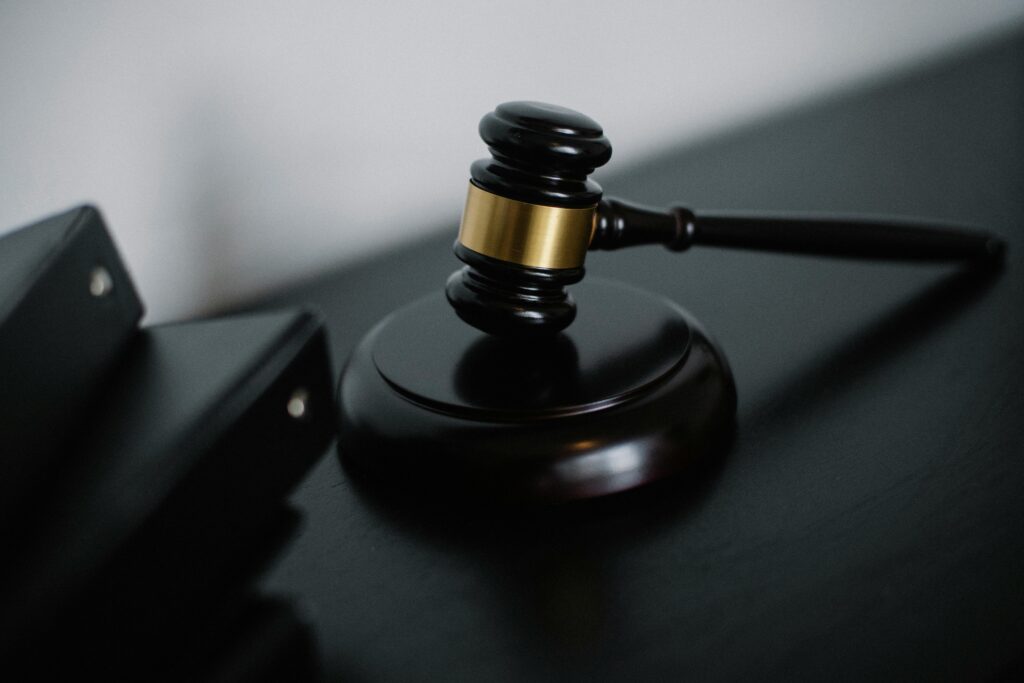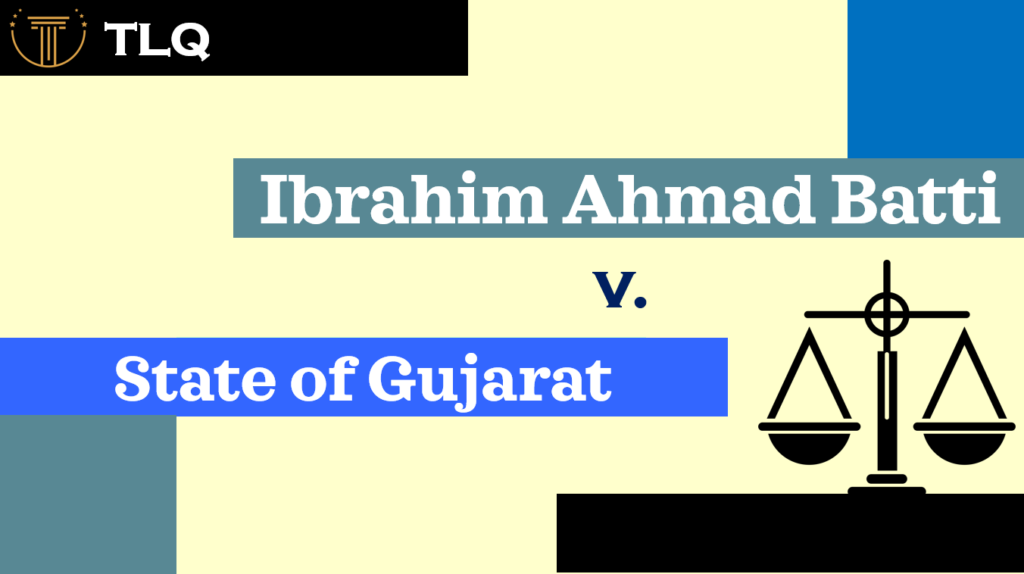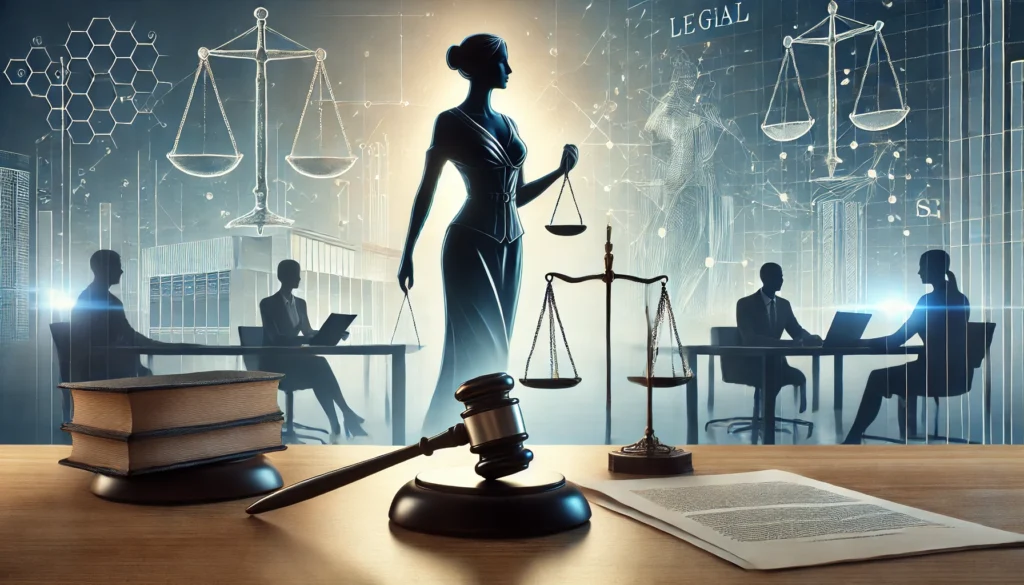Published On: 30th August, 2024
Authored By: Parvathy T M
Government Law College, Kozhikode
Facts
The Sabarimala Temple, dedicated to Lord Ayyappa, a deity believed to be eternally celibate, has traditionally barred women of menstruating age from entering its premises. This practice was based on the belief that the presence of women could disrupt the celibacy and austerity maintained in the temple. In 2006, the Indian Young Lawyers Association filed a Public Interest Litigation (PIL) in the Supreme Court of India challenging this practice.
The petitioners argued that the exclusion of women based on their age was discriminatory and violated fundamental rights guaranteed under the Indian Constitution. The Kerala High Court had earlier upheld the temple’s practice in 1991, but the Supreme Court agreed to re-examine the issue. The case garnered widespread attention and sparked national debates on gender equality, religious freedom, and the need to reform patriarchal practices in religious institutions.
Issues
The primary legal issues before the Supreme Court were:
- Whether the practice of excluding women aged 10 to 50 years from the Sabarimala Temple violated Articles 14, 15, 17, 25, and 26 of the Indian Constitution.
- Whether such a practice could be considered an essential religious practice under Article 25 and thus protected from judicial scrutiny.
- Whether the rights of the deity as a juristic person could override the fundamental rights of women.
Rules
The case invoked several constitutional provisions to determine the legality of the temple’s practice:
Article 14: Ensures equality before the law and equal protection of the laws within the territory of India.
Article 15: Prohibits discrimination on grounds of religion, race, caste, sex, or place of birth.
Article 17: Abolishes untouchability and forbids its practice in any form.
Article 25: Guarantees the freedom of conscience and the right to freely profess, practice, and propagate religion, subject to public order, morality, and health.
Article 26: Grants every religious denomination or any section thereof the right to manage its own affairs in matters of religion.
Analysis
The Supreme Court’s analysis focused on reconciling the right to equality and non-discrimination with the freedom of religion and managing religious affairs.
Equality and Non-discrimination (Articles 14 and 15):
The Court observed that the practice of excluding women based on their menstrual status was inherently discriminatory and violated Article 14, which guarantees equality before the law.
Article 15 explicitly prohibits discrimination on the grounds of sex. The exclusion of women from the Sabarimala Temple was seen as a form of gender-based discrimination, rooted in deep-seated patriarchal notions of impurity and untouchability associated with menstruation.
Religious Freedom (Articles 25 and 26):
The respondents argued that the restriction was an essential religious practice protected under Article 25. However, the Court examined whether the exclusion of women constituted an essential practice of the Hindu religion.
The Court held that for a practice to be deemed essential, it must be fundamental to the religion and not merely a part of its customs and traditions. The exclusion of women was not considered an essential practice integral to the faith, but rather a social custom without religious sanction.
Article 26(b) allows religious denominations the freedom to manage their own affairs in matters of religion. However, these rights are subject to public order, morality, and health. The Court found that the exclusion of women did not meet these criteria and could not be shielded under the guise of religious freedom.
Rights of the Deity:
The respondents claimed that the deity, Lord Ayyappa, as a juristic person, had the right to maintain celibacy, which justified the exclusion of women. However, the Court emphasized that the rights of a juristic person could not supersede the fundamental rights of individuals.
The Court also noted that the practice of excluding women was not universally applied in all Ayyappa temples, undermining the argument that it was essential to the deity’s worship.
Article 17 – Abolition of Untouchability:
The practice of excluding women due to their menstruating status was compared to untouchability, which Article 17 seeks to abolish. The Court held that any practice that stigmatizes and discriminates against individuals on the basis of biological differences amounted to untouchability and was unconstitutional.
Judgment
In a landmark 4:1 majority judgment, the Supreme Court of India ruled that the practice of excluding women of menstruating age from the Sabarimala Temple was unconstitutional. The Court held that the practice violated Articles 14, 15, 17, 25, and 26 of the Indian Constitution. It emphasized that the exclusion was based on discriminatory patriarchal notions and was not an essential religious practice protected under the Constitution.
The judgment affirmed that the right to equality and non-discrimination supersedes regressive social practices. It reinforced that religious freedoms are subject to constitutional values of justice, equality, and dignity. The decision allowed women of all ages to enter the Sabarimala Temple, setting a precedent for challenging gender-based discrimination in religious practices.
Impact and Significance
The Sabarimala verdict is a milestone in the Indian judiciary’s efforts to uphold gender equality and reform discriminatory practices. It has significant implications for other religious customs that discriminate against women, encouraging a re-examination of similar practices under the constitutional lens. The judgment also sparked widespread public debate and varying reactions, highlighting the ongoing struggle between tradition and modernity in Indian society.
Post-judgment Developments
Despite the Supreme Court’s verdict, the implementation faced resistance from traditionalists and sections of society who viewed it as an infringement on religious freedom. Protests and legal challenges continued, and the issue remains contentious, reflecting the deep-seated societal resistance to gender equality in religious contexts. The Court later referred the matter to a larger bench to decide on broader issues of constitutional morality, essential religious practices, and the rights of religious denominations.
Conclusion
The Indian Young Lawyers Association v. Union of India case stands as a testament to the judiciary’s role in promoting social justice and upholding constitutional values. By dismantling gender-based barriers in religious practices, the Supreme Court reaffirmed the primacy of individual rights and equality, paving the way for a more inclusive and progressive society. The judgment underscores the importance of continuously challenging and reforming discriminatory practices to align with the evolving principles of justice and human dignity enshrined in the Constitution.




